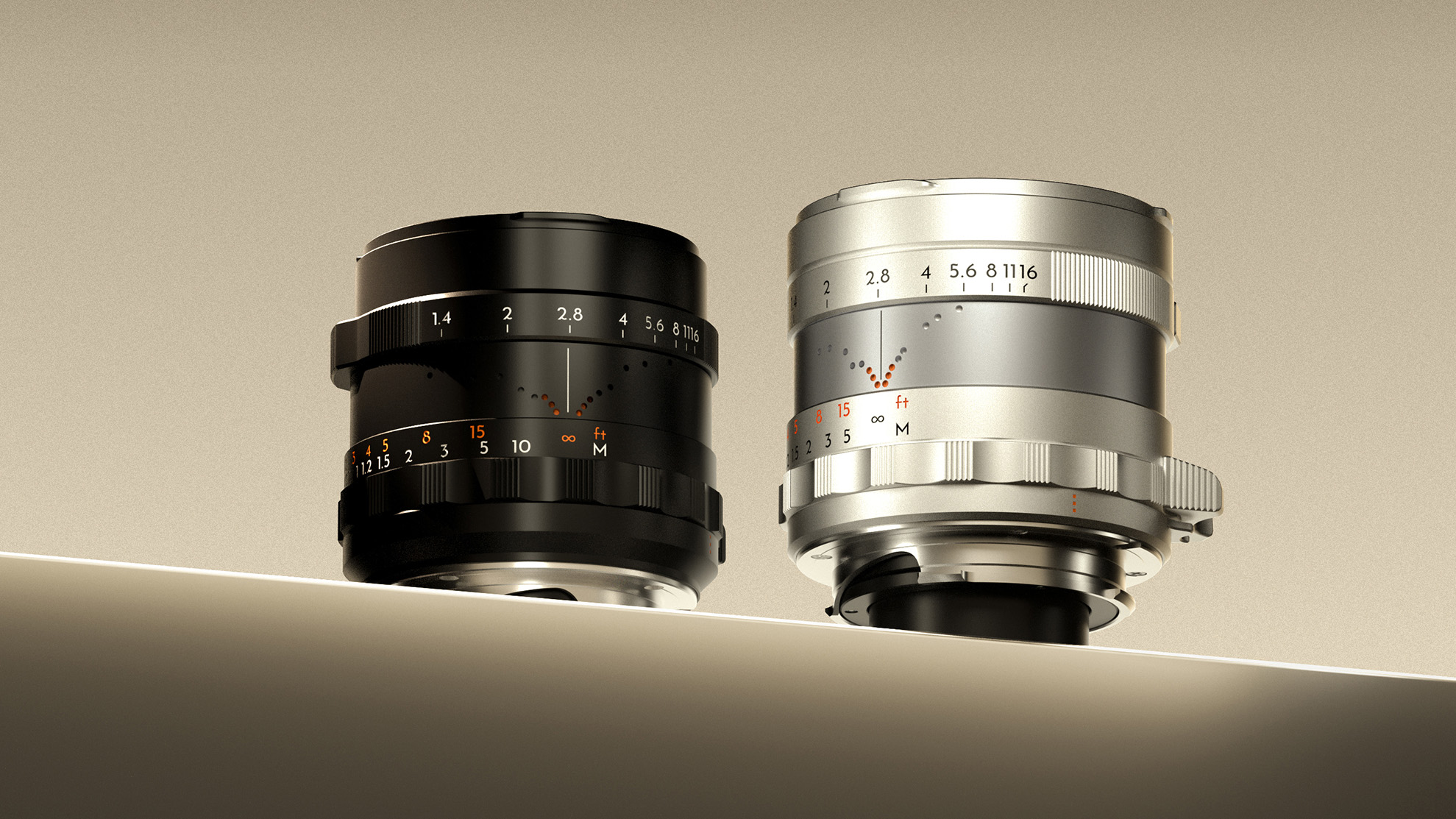6 Months, 200 Feet of film, 36 rolls, and 864 frames: Here's why Fomapan 400 is my forever film stock
200 Feet of film, 36 rolls, and 864 frames: Here's why Fomapan 400 is now my forever film stock
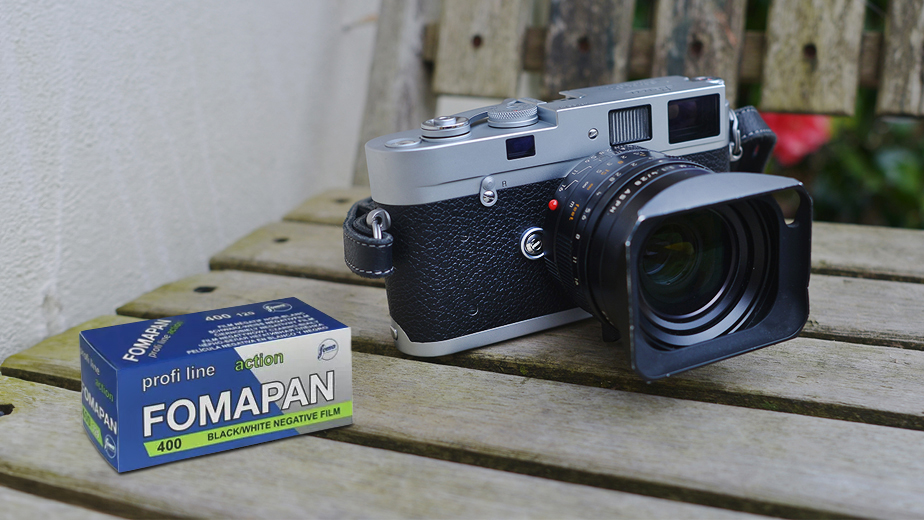
In a world dominated by digital photography, there’s something magical about the tactile experience of shooting film. For the past 6 months, I’ve been immersed in exploring Fomapan 400 – and after 200 feet of film, 36 rolls and 864 frames, I’m excited to share what I’ve discovered.
Fomapan 400 wasn’t an obvious choice at first. I’d previously experimented with Ilford FP4 125 and HP5 Plus 400—both renowned black-and-white films. HP5’s impressive latitude and FP4’s fine-grain detail were tempting, but their price tags were steep, at around $130 / £109 for a 100-foot roll.
That’s when I remembered Fomapan 400, a so-called "budget-friendly alternative" I’d tried using prepackaged canisters. At first, and although the results were decent, my Bellini FX6a one-step mono bath development process left me wanting more control, so more rolls were needed to dial in my process.
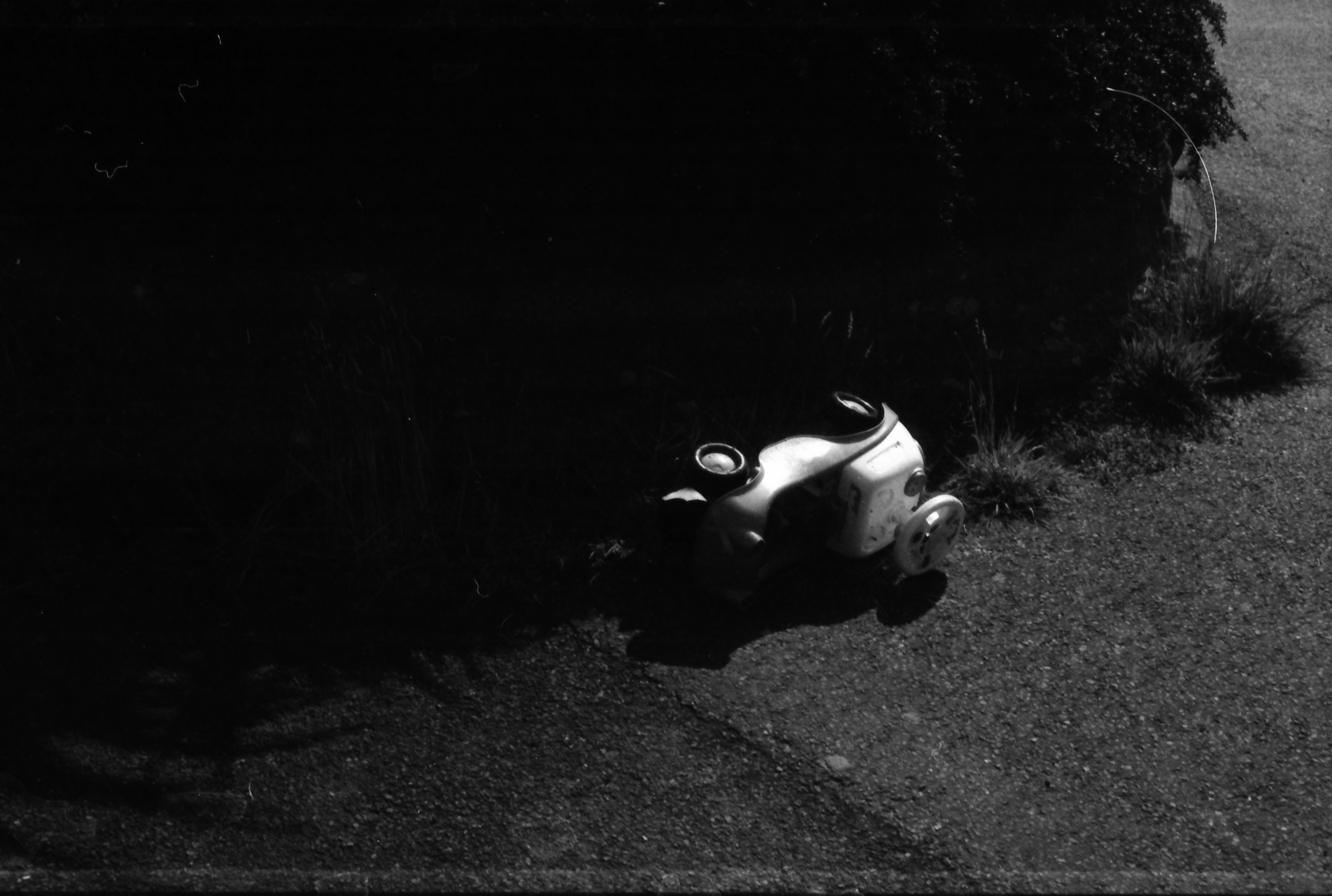
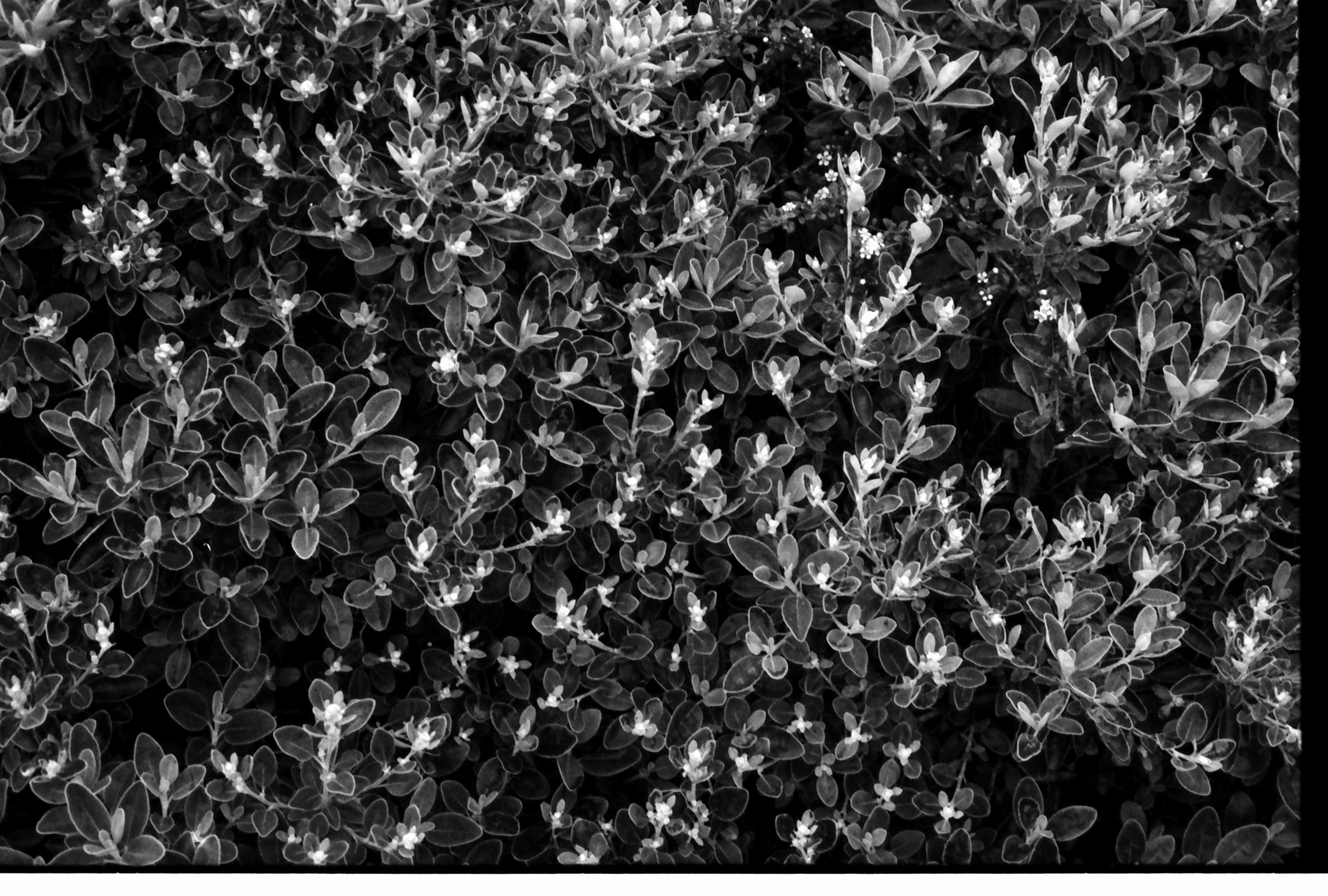
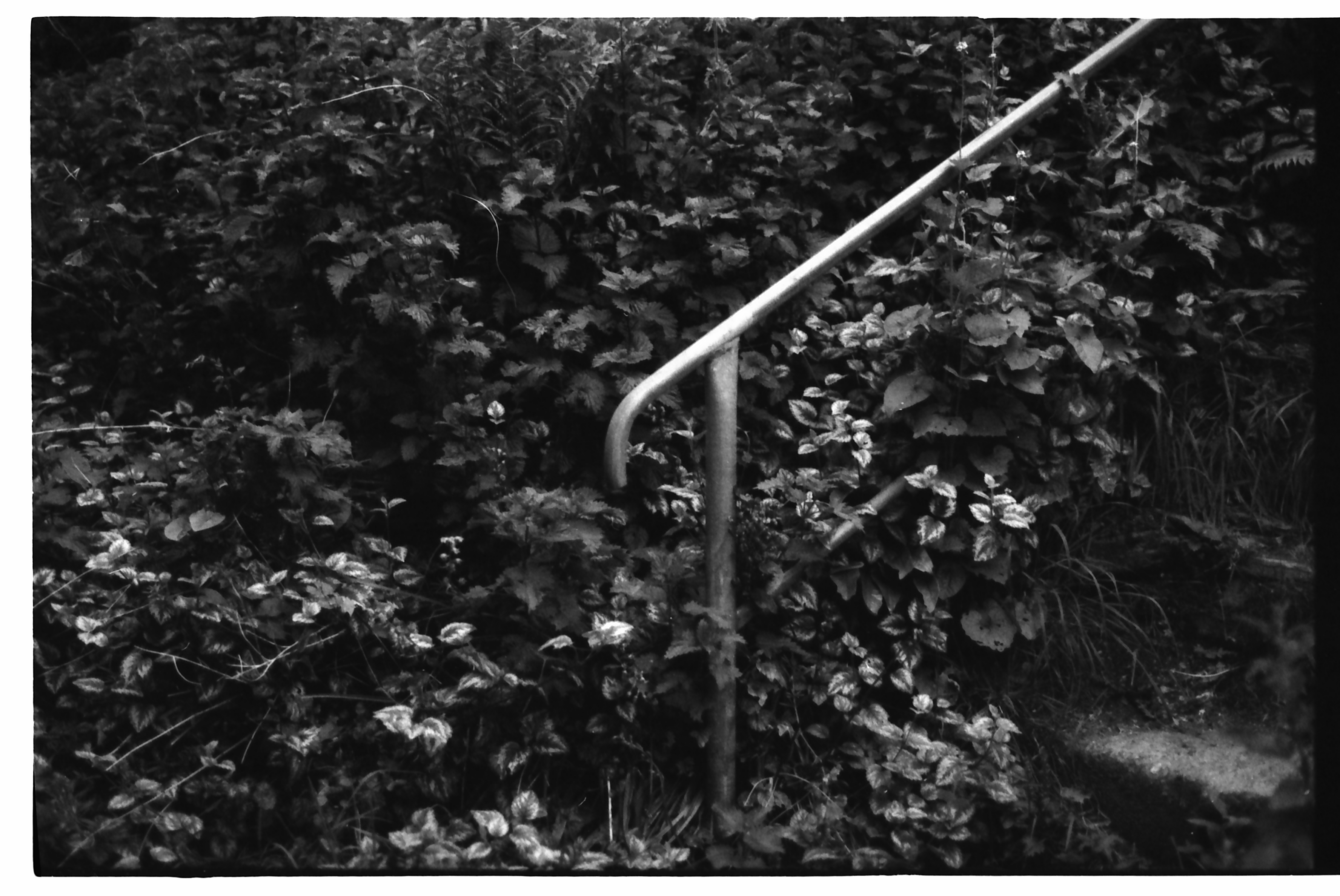
So, I took the leap and invested in a 100-foot roll of Fomapan 400 for just $70 / £59 / AU$110. This decision not only saved me money but also enabled me to refine my process. Bulk loading opened up a world of possibilities – I could control roll lengths, experiment more, and tailor my workflow.
As I started bulk loading, I discovered a rhythm with Fomapan 400. The film has a distinct tonal contrast curve that gives my images a moody, rich look when pushed to 800 or a nice flatter appeal when shot at box speed. It’s not clinically sharp, but the character of the film shines through, especially when paired with my Nikon Nikkor-H 50mm f/2 lens or when shot through my Leica M2. While HP5 offers a flatter dynamic range, Fomapan delivers a subtle contrast that aligns perfectly with my creative vision.
One of the standout aspects of Fomapan 400 is its adaptability. Whether I’m pushing the blacks for a dramatic contrast or aiming for a balanced tonal image, the film holds up beautifully. Scanning the negatives is also a breeze – they dry flat, making post-processing straightforward.
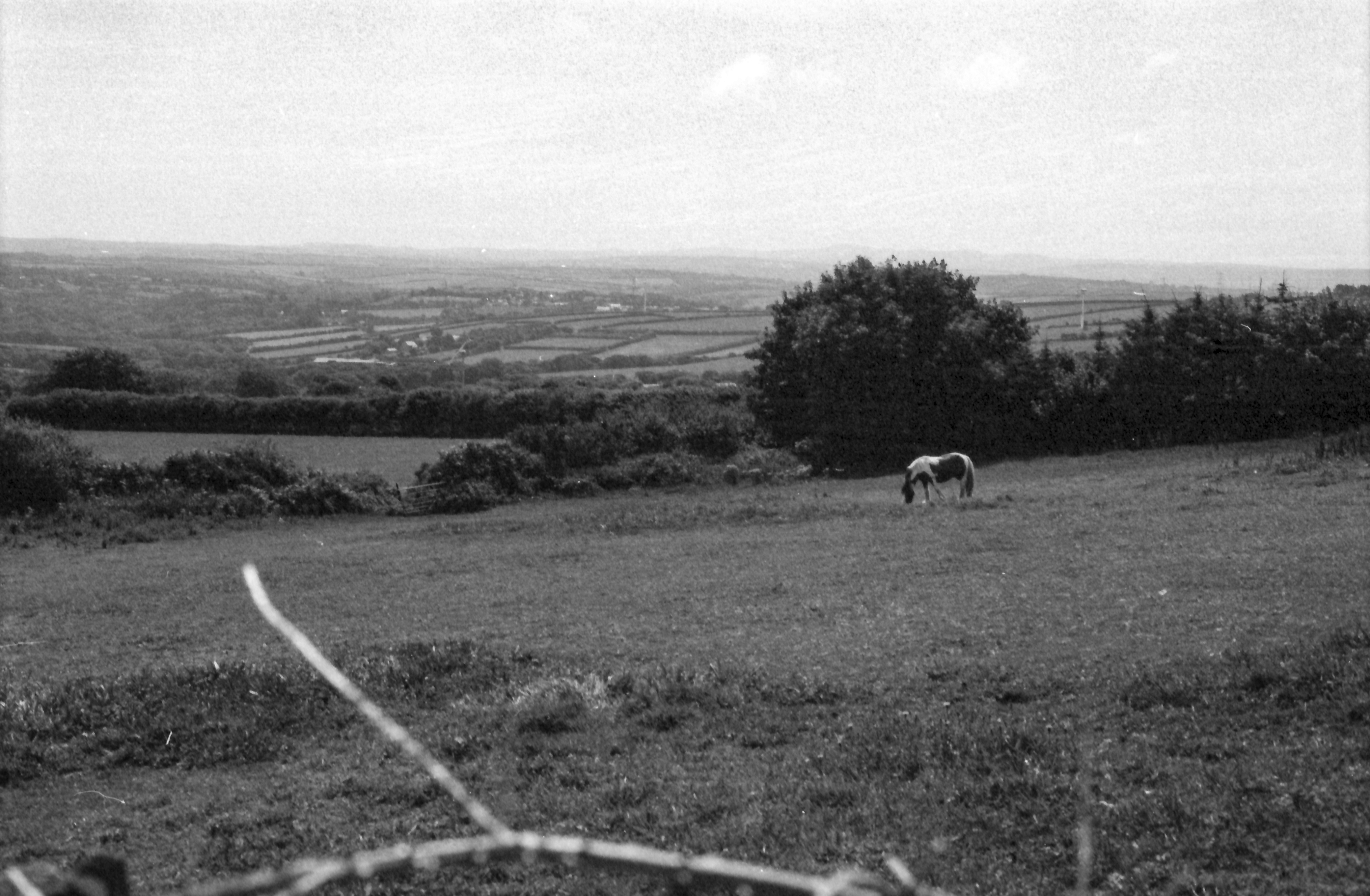
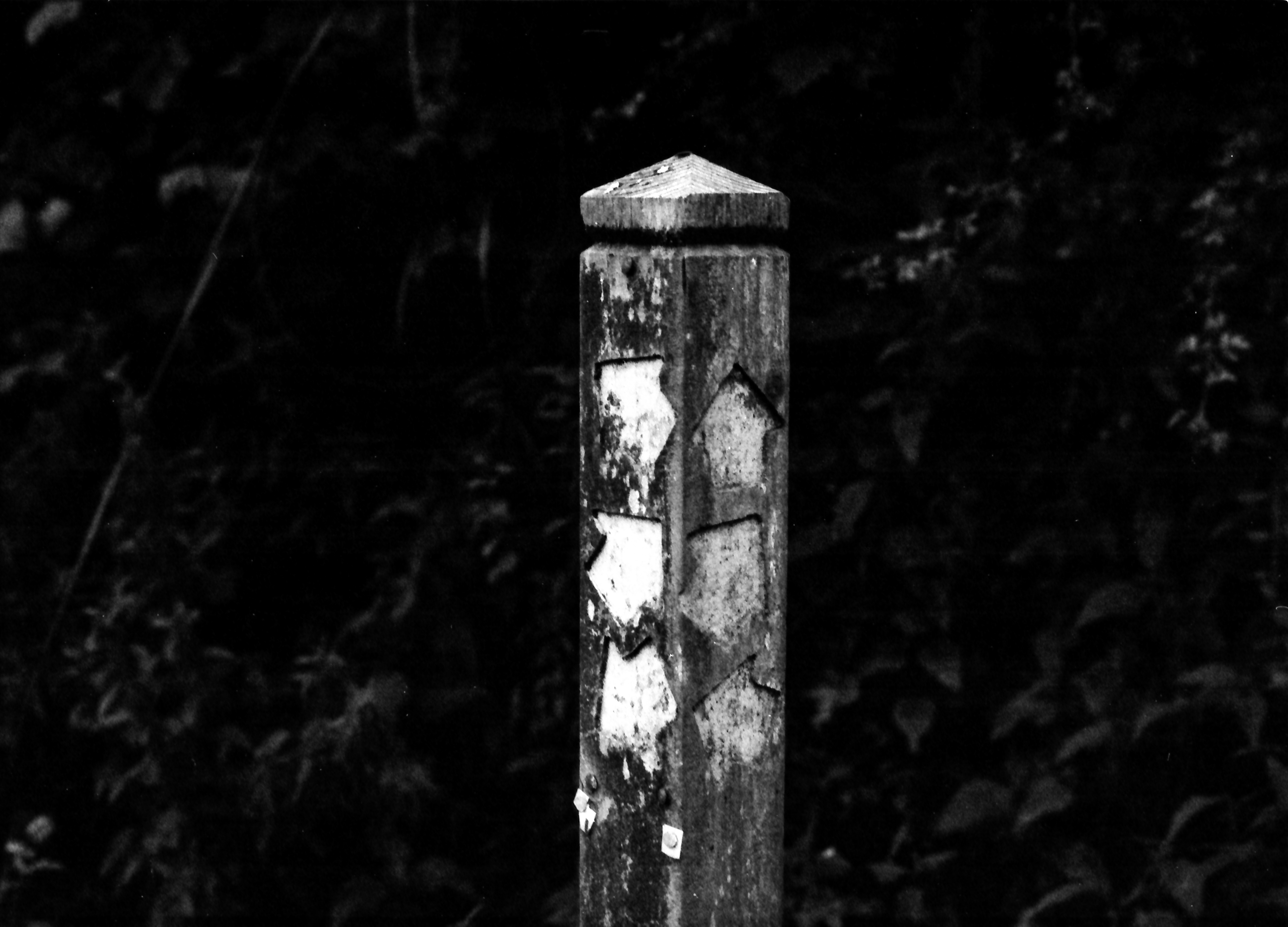
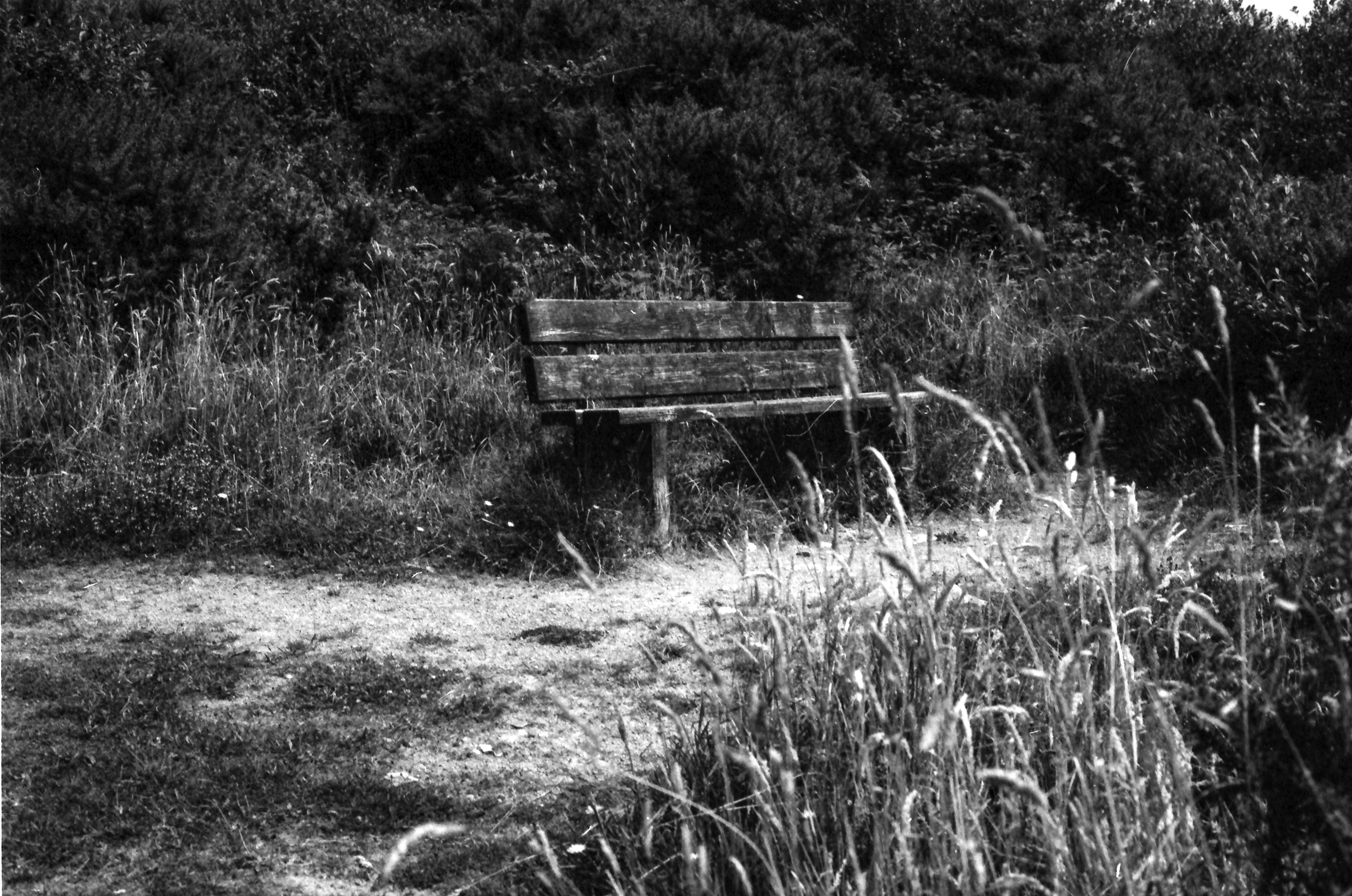
I also found Fomapan 400 to be incredibly practical. It’s easy to handle, doesn’t curl during drying, and performs consistently across different conditions. While it might not match the razor-sharpness of pricier films like HP5, the results more than make up for it in tonal richness and flexibility.
Financially, switching to bulk loading has been a game-changer. Compared to buying prepackaged rolls, I’ve saved around $100 / £86 / AU$160 per tin! All while shooting more and refining my craft. This journey has reminded me of the importance of experimentation – of finding the tools and processes that truly resonate with my needs as a photographer.
Get the Digital Camera World Newsletter
The best camera deals, reviews, product advice, and unmissable photography news, direct to your inbox!
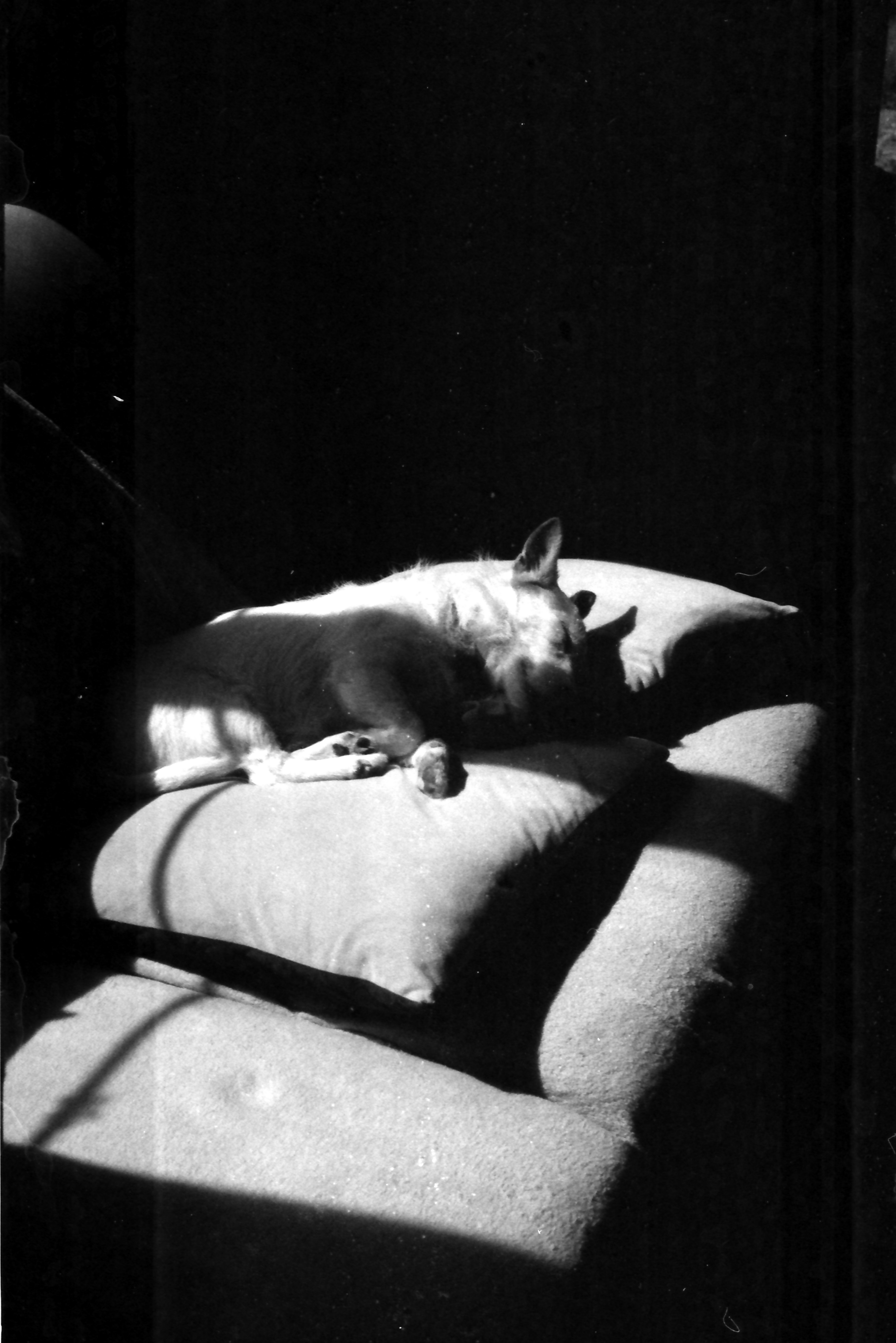
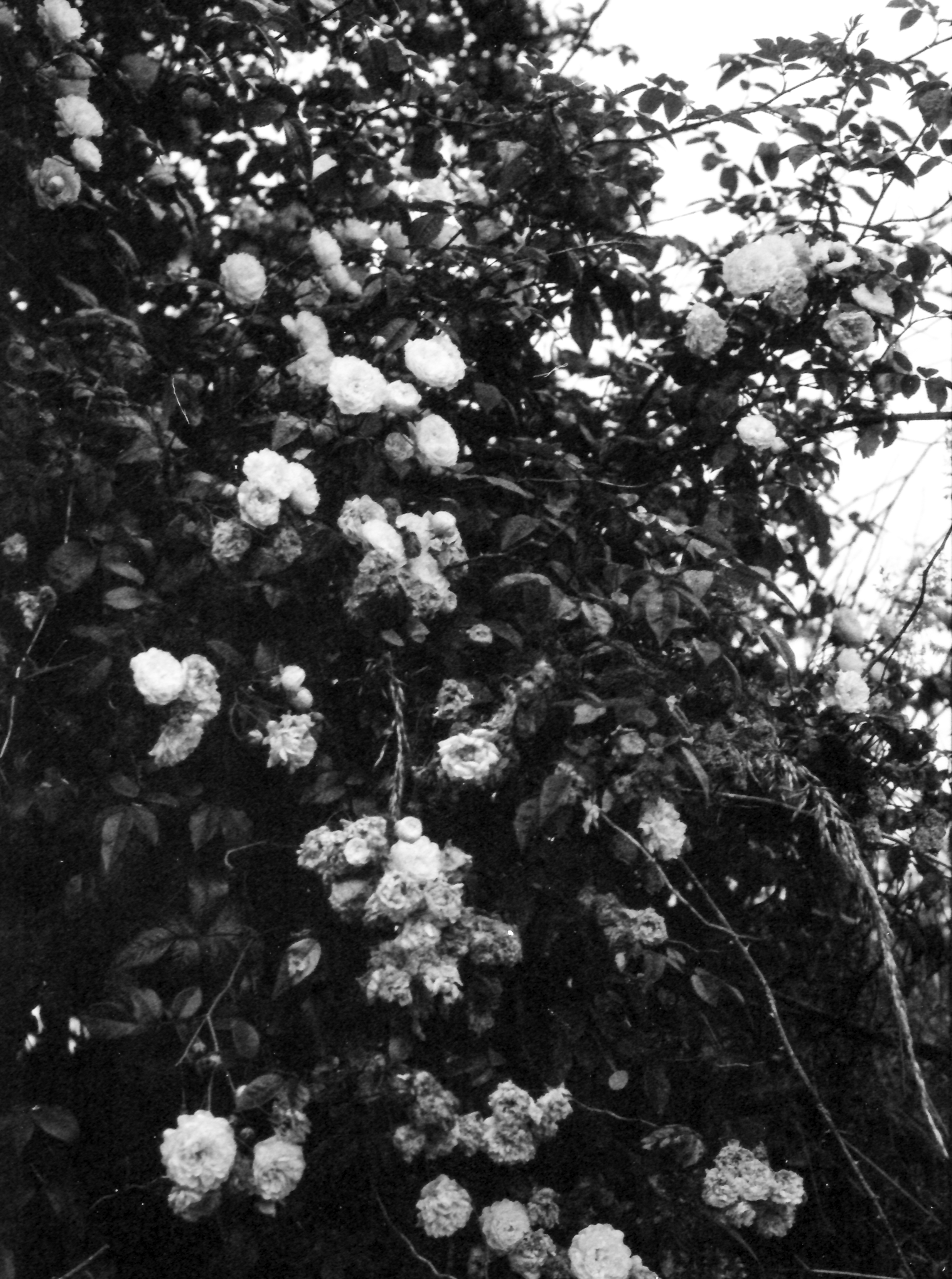
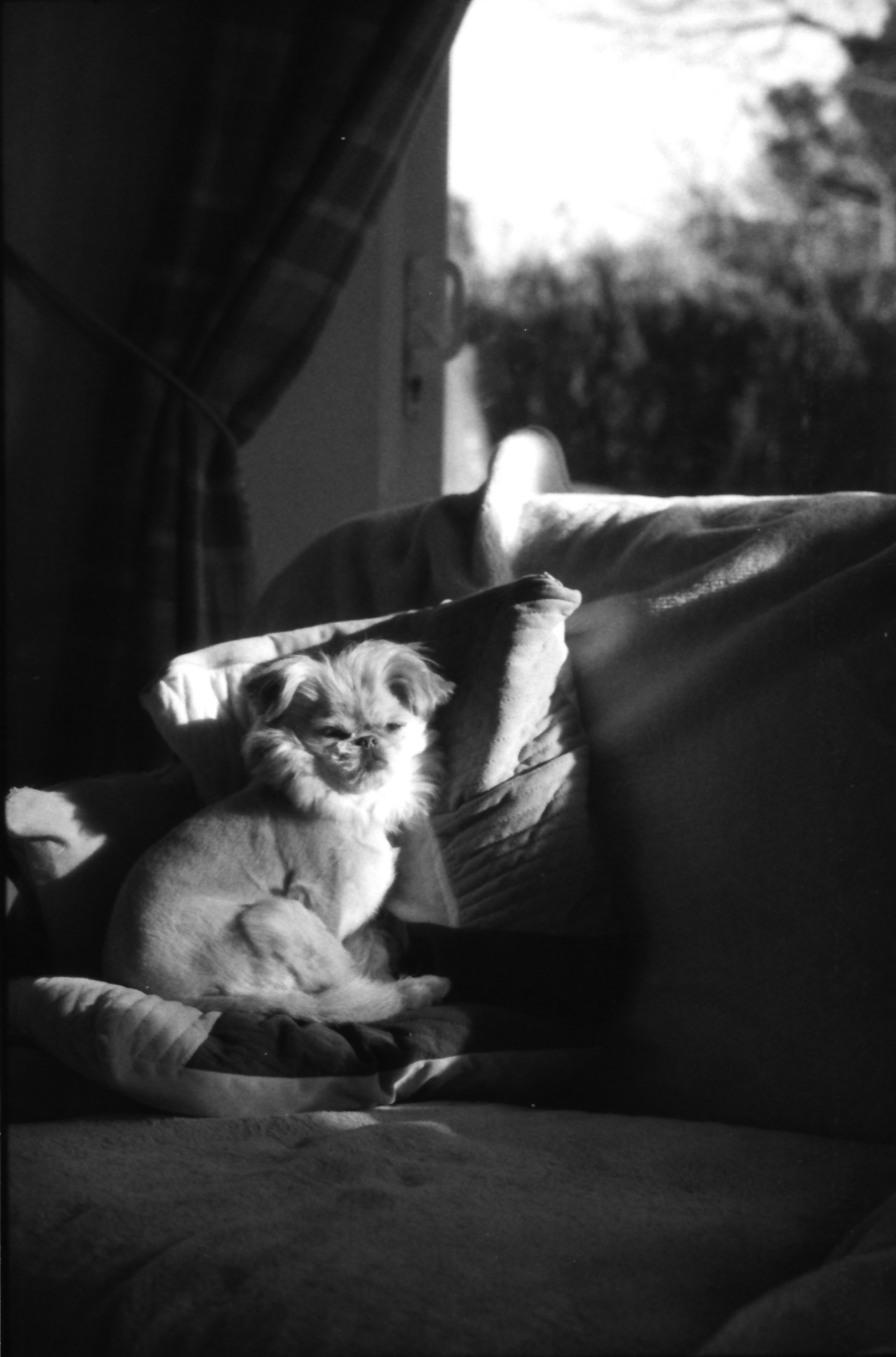
For anyone considering diving into film photography or looking for a cost-effective option, I can’t recommend Fomapan 400 enough. Its rich tones, adaptability, and affordability make it an excellent choice for both beginners and seasoned enthusiasts.
In a digital age, Fomapan 400 has reaffirmed my love for the analog process. It’s proof that great photography isn’t about chasing megapixels or breaking the bank – it’s about embracing the craft, experimenting, and finding joy in the process.

For nearly two decades Sebastian's work has been published internationally. Originally specializing in Equestrianism, his visuals have been used by the leading names in the equestrian industry such as The Fédération Equestre Internationale (FEI), The Jockey Club, Horse & Hound, and many more for various advertising campaigns, books, and pre/post-event highlights.
He is a Fellow of the Royal Society of Arts, holds a Foundation Degree in Equitation Science, and holds a Master of Arts in Publishing. He is a member of Nikon NPS and has been a Nikon user since his film days using a Nikon F5. He saw the digital transition with Nikon's D series cameras and is still, to this day, the youngest member to be elected into BEWA, the British Equestrian Writers' Association.
He is familiar with and shows great interest in 35mm, medium, and large-format photography, using products by Leica, Phase One, Hasselblad, Alpa, and Sinar. Sebastian has also used many cinema cameras from Sony, RED, ARRI, and everything in between. He now spends his spare time using his trusted Leica M-E or Leica M2, shooting Street/Documentary photography as he sees it, usually in Black and White.
